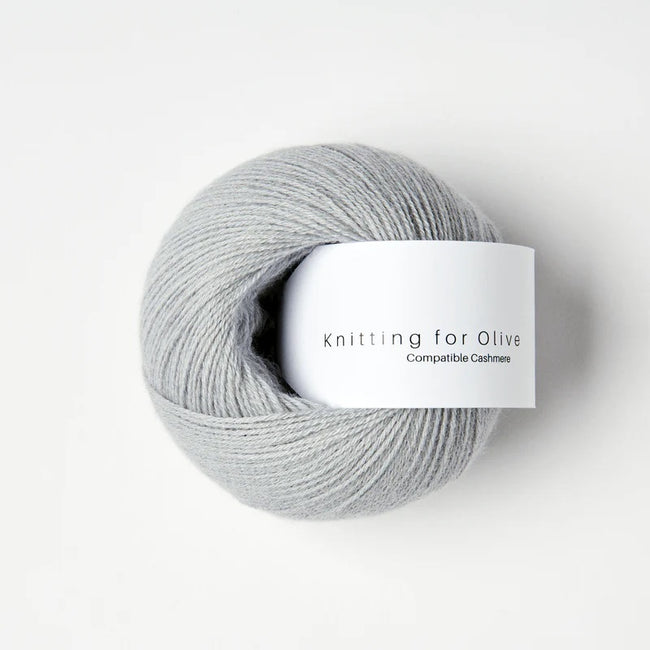What Material Is Cashmere? Understanding Its Distinctive Characteristics and Uses
What Material Is Cashmere? Understanding Its Distinctive Characteristics and Uses
Blog Article
Exploring the Different Kinds Of Cashmere a Natural Fiber for Ultimate High-end
Cashmere, an all-natural fiber, is frequently linked with luxury and comfort. Not all cashmere is developed equivalent. From the highly soft Mongolian range to the lightweight heat of Indian Pashmina, each kind offers its very own special attributes and appeal. The extra affordable Chinese cashmere, the conventional Scottish variation, and the high-end Italian mix, all inform a various tale of this amazing fiber. As we unwind the globe of cashmere, a much deeper understanding of its real worth and sophistication begins to emerge.
Comprehending the Lavish Nature of Cashmere
Cashmere, frequently connected with high-end and comfort, holds a distinct allure in the globe of all-natural fibers. This soft, light-weight product is fancied for its outstanding heat and exceptional longevity. Unlike various other natural fibers, cashmere combines insulation with breathability, providing exceptional comfort across differing temperature levels. Its shiny finish and soft texture add to its premium charm, justifying the costs rate that commonly includes cashmere garments. Additionally, cashmere's inherent crease resistance and elasticity enhance its worth, making it a recommended option for premium apparel and devices. Despite its fragile look, cashmere possesses a shocking durability, able to keep its shape and lavish feel over time. This one-of-a-kind blend of characteristics seals cashmere's position as a symbol of beauty and extravagance.
Simply What Is Cashmere and Where Does It Come From?

Given these extraordinary top qualities, one might question the origin and make-up of this lavish fiber. Cashmere is derived from the soft undercoat of cashmere goats, mostly located in Mongolia, China, Iran, and Afghanistan - is cashmere a natural fiber. These goats are adapted to extreme weather problems, producing a very great, soft underfur as a protection versus the bitter cold. This underfur, or undercoat, is what is harvested for cashmere. Each spring, when the goats naturally dropped their winter months coat, farmers comb the fine underhair, leaving the coarser hair behind. This precise procedure adds to the deficiency and high cost of cashmere. With its origin in the severe landscapes of Asia, cashmere is a testimony to nature's capability to generate deluxe from adversity.
Deciphering the Different Kinds Of Cashmere
Understanding the various types of cashmere is key to valuing the high quality and unique characteristics of this lavish material. Typically, cashmere is classified into 3 kinds: raw, virgin, and recycled. Translating these types is the initial step in recognizing the exclusivity and value of cashmere.

The Unique Features of Each Sort Of Cashmere
Having discovered the different groups of cashmere, it ends up being apparent that each kind flaunts its special collection of attributes. Mongolian cashmere, for instance, is renowned for its remarkable top quality, due to Mongolia's rough winters months that create longer and finer fibers. Conversely, Chinese cashmere is often a lot more economical, though its much shorter fibers can decrease her explanation longevity.
Why Cashmere Is the Epitome of Deluxe in Fashion
Cashmere holds a prestigious position on the planet of style, regarded as a sign of deluxe and sophistication. Its appeal is not simply in its softness and warmth, however additionally in its rarity and the precise process entailed in its purchase. Cashmere is originated from the fine undercoat of Himalayan goats, recognized for their superior quality fiber. The shortage of this fiber, incorporated with the labor-intensive procedure of collection, contributes to its high price and special standing. Furthermore, cashmere's exceptional convenience and durability make it a popular material in the development of high-end garments. Its natural lightweight and protecting properties include to its desirability, making it the epitome of luxury in vogue.
The Refine of Making Cashmere: From Goat to Garment
The trip of cashmere, from being an undercoat of a Himalayan goat to a lavish garment, is a complex one. With the development of spring, farmers in Mongolia and China collect the woollen by combing the goats, guaranteeing no injury is done. The gotten wool includes crude external hair and soft downy undercoat. This blend is after that meticulously separated, with just the soft down utilized for cashmere. This raw cashmere is washed, colored and rotated into thread. The yarn is after that woven or weaved into textiles. The final action involves cleaning and pressing to provide the material its particular gentleness and warmth. From goat to garment, each step is a testament to the virtuosity, ability and patience associated with crafting cashmere.

Final Thought
To conclude, cashmere, with its natural style and unmatched comfort, reigns supreme worldwide of high-end fashion. The variety in kinds, ranging from the soft Mongolian, light-weight Indian Pashmina, cost effective Chinese, standard Scottish, to the colorful Italian, discloses the adaptability of this natural fiber. The meticulous process of changing it from a goat to a garment additionally contributes to its exclusivity, making cashmere the embodiment of elegance and luxury.
Cashmere, an all-natural fiber, is frequently linked with high-end and convenience (is cashmere a natural fiber).Cashmere, typically associated with high-end and comfort, holds a special allure in the globe of all-natural fibers. my sources Unlike other all-natural fibers, cashmere combines insulation with breathability, providing unmatched comfort throughout varying temperatures. Cashmere is derived from the soft undercoat of cashmere goats, mainly discovered in Mongolia, China, Iran, and Afghanistan. you can look here Cashmere is derived from the fine undercoat of Himalayan goats, understood for their remarkable top quality fiber
Report this page